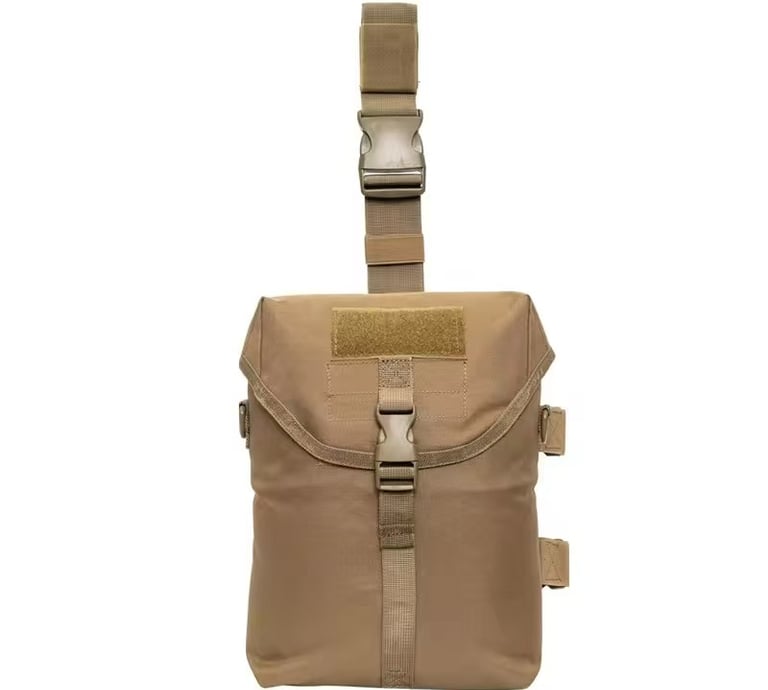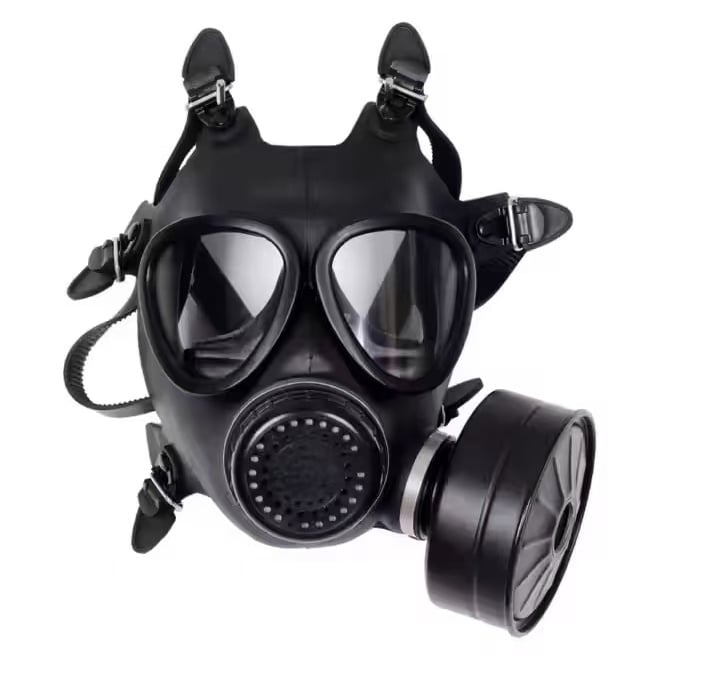The Ultimate Guide to Protective Gear: Essential Safety Products for Every Industry
INDUSTRIAL SUPPLIES
2/12/20255 min read


In a world where safety and protection are paramount, understanding the importance of reliable protective equipment cannot be overstated. Whether in hazardous work environments, emergency response situations, or military operations, the right gear can make all the difference. This guide will explore some of the most essential safety products available on the market today, designed to safeguard individuals from harmful substances, physical threats, and environmental hazards.
Gas Masks: The First Line of Defense
When it comes to protection against airborne contaminants, gas masks are an absolute essential. These devices are engineered to filter out dangerous chemicals, gases, and particulate matter from the air, ensuring the wearer’s respiratory safety. Gas masks have been an integral part of safety protocols in industries like chemical manufacturing, firefighting, and military defense.
Modern gas masks come in a variety of designs, each tailored to specific needs. Full-face masks provide extensive coverage, shielding the entire face from toxic exposure, while half-face options offer comfort and flexibility for situations where full coverage isn’t necessary. Both designs include replaceable filters and are designed for long-duration wear, ensuring sustained protection in hazardous environments.
The effectiveness of a gas mask depends on the quality of its filters. High-quality filters are able to absorb or neutralize a wide range of harmful substances, from industrial pollutants to biological agents, ensuring that the wearer breathes clean, uncontaminated air.
Gas Mask Filters: Ensuring Maximum Protection
A gas mask is only as effective as its filter. Filters play a critical role in determining the mask’s ability to protect the wearer from dangerous substances. These filters are specifically designed to capture and neutralize different types of contaminants, including chemical agents, particulates, and biological threats.
There are two main types of filters: particulate filters and gas and vapor filters. Particulate filters trap solid particles like dust, smoke, and aerosols, while gas and vapor filters are formulated to absorb toxic gases and vapors, including chemical warfare agents and industrial pollutants.
When selecting gas mask filters, it's important to match the filter type to the specific hazards you may encounter. Each filter comes with a specified lifespan, after which it must be replaced to ensure optimal protection.
Half Face Respirators & Accessories: Comfort Meets Safety
Half-face respirators are an essential piece of personal protective equipment (PPE) used in various industries to protect workers from airborne particles, gases, and vapors. Unlike full-face masks, half-face respirators cover only the nose and mouth, offering a more comfortable fit and less restriction in terms of movement and vision.
These respirators are often used in industrial environments where workers are exposed to hazardous chemicals, dust, or fumes. The design allows for easy breathing and communication, while the replaceable filters provide customizable protection against a range of airborne contaminants.
Accessories such as face shields, headbands, and breathing tubes can further enhance comfort and safety. For example, a properly fitted face shield can protect the eyes from splashes or flying debris, while adjustable straps ensure a secure and comfortable fit.
Hazmat Suits & Body Protection: Shielding Against Chemical and Biological Threats
Hazmat suits, also known as chemical protective suits, are designed to protect the wearer from hazardous materials that can pose serious health risks. These suits are made from specialized materials that are impermeable to chemicals, biological agents, and radioactive particles.
In industries like pharmaceuticals, oil and gas, or environmental cleanup, hazmat suits are essential for handling dangerous substances. They are designed to provide a barrier between the wearer and harmful agents, preventing exposure through the skin or respiratory system. Many hazmat suits come with built-in gloves, boots, and respirators to offer complete protection.
In addition to chemical protection, these suits also help guard against physical injuries in hazardous environments, making them an essential tool for emergency responders, industrial workers, and military personnel.
Decontamination & Detection: Identifying and Handling Hazardous Materials
Decontamination and detection systems are crucial for identifying and neutralizing hazardous materials. These tools help detect the presence of dangerous chemicals, biological agents, or radioactive substances, enabling responders to take appropriate action before exposure occurs.
Decontamination systems range from simple portable solutions to large-scale setups used in industrial or military settings. These systems are designed to remove contaminants from equipment, personnel, and the environment, ensuring the safety of everyone involved.
Detection systems, on the other hand, utilize sensors, alarms, and specialized equipment to identify hazardous materials in the air, water, or on surfaces. For example, handheld chemical detectors can quickly identify the presence of toxic substances, allowing for immediate intervention and minimizing the risk of harm.
PPE Kits: Comprehensive Protection in One Package
Personal Protective Equipment (PPE) kits are designed to provide a comprehensive set of safety gear in a single package. These kits are ideal for situations where workers or responders need to be fully protected against multiple hazards. Typically, a PPE kit will include items such as gloves, respirators, face shields, protective clothing, and eye protection.
The beauty of a PPE kit lies in its convenience and efficiency. Rather than sourcing individual pieces of equipment, workers can access all the protective gear they need in one easy-to-carry package. Many kits are tailored for specific industries, such as healthcare, construction, or hazardous waste disposal, ensuring that the gear is appropriate for the hazards faced.
Body Armor: Defending Against Physical Threats
Body armor is an essential piece of protective gear for anyone in high-risk environments where physical threats are present. Whether in military combat, law enforcement, or security operations, body armor provides vital protection against ballistic and blunt force trauma.
There are several types of body armor, including soft armor and hard armor. Soft armor is designed to protect against lower-velocity impacts, such as handgun rounds, and is typically worn by law enforcement and security personnel. Hard armor, on the other hand, is used to protect against higher-velocity threats, such as rifle rounds, and is commonly worn by military personnel.
Modern body armor is lightweight and comfortable, designed to allow for mobility without sacrificing protection. The materials used in armor, such as Kevlar or ceramic plates, are engineered to absorb and disperse the energy from impacts, preventing injury.
Mira Merch Parts & Accessories: Enhancing Your Protective Gear
Mira Merch parts and accessories provide additional customization and upgrades for your protective gear. These accessories are designed to enhance the functionality, comfort, and effectiveness of your safety equipment.
For example, customized filters, communication systems, or ventilation accessories can improve the performance of a gas mask or respirator. Similarly, specialized straps, gloves, and storage bags can make hazmat suits or body armor more user-friendly and efficient.
Whether you need an upgrade to existing gear or are looking for additional accessories to increase the versatility of your protective equipment, Mira Merch offers a wide range of options designed to meet your specific needs.
Conclusion
Protective gear is not just a requirement—it's a lifeline in many industries. From gas masks to body armor, the right equipment can protect against a wide array of threats, ensuring the safety and well-being of workers, responders, and military personnel alike. As industries continue to face new challenges, investing in high-quality protective equipment remains one of the smartest decisions any organization can make. With the right gear, you can confidently face any situation, knowing you're equipped with the best protection available.


